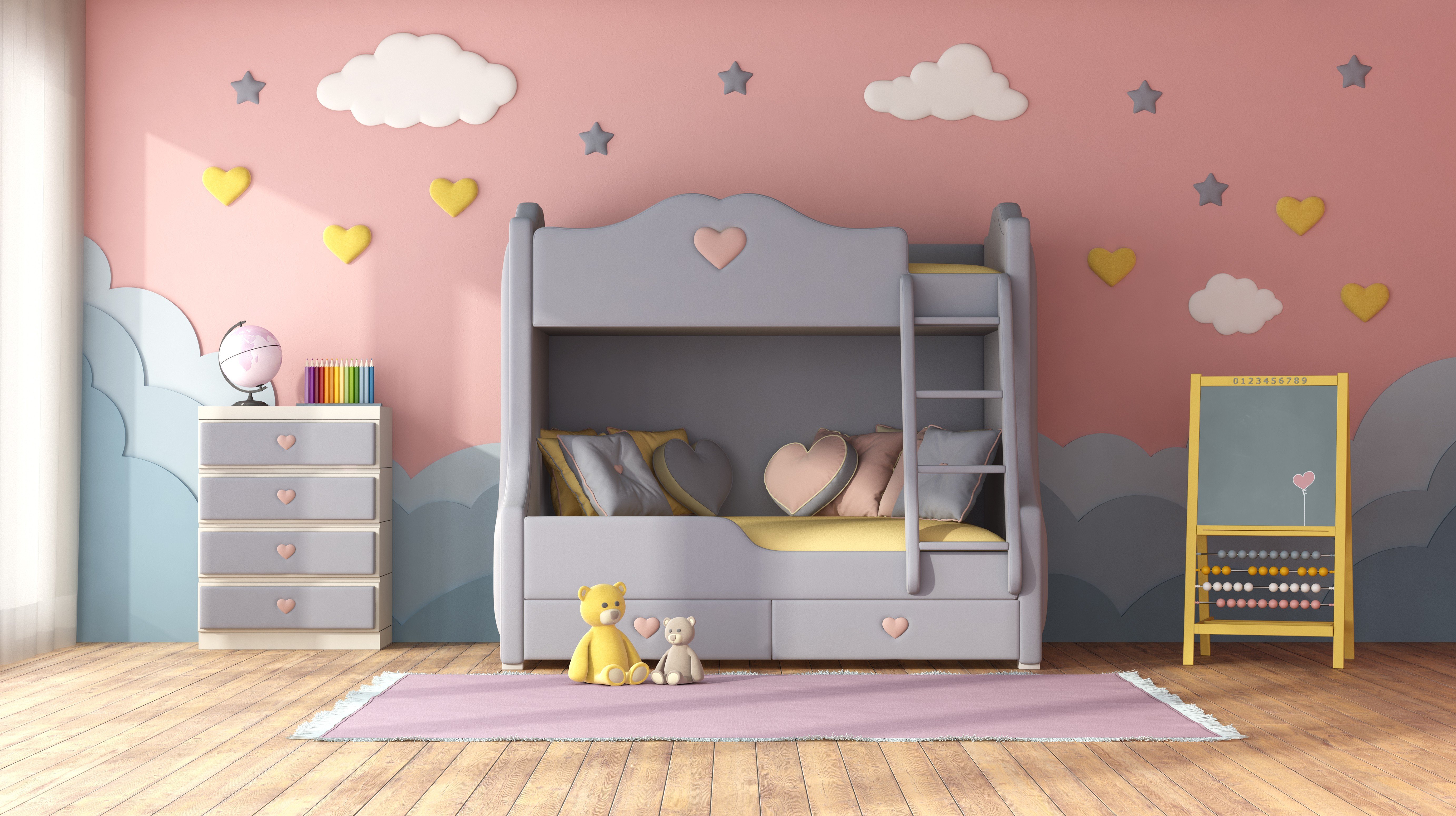The Ultimate Guide to Bunk Beds for Kids: Safety, Styles, and Solutions
Bunk beds have actually long been a popular option amongst moms and dads seeking to optimize space in their kids's bedrooms. With benefits that surpass their compact style, bunk beds use an enjoyable and functional sleeping arrangement while encouraging brother or sister bonding and cultivating imagination. In this detailed guide, we check out different elements of bunk beds for kids, including safety factors to consider, different designs available, and recommendations for picking the right one for your household.
Why Choose Bunk Beds?
Bunk beds are designed to stack one bed on top of another, utilizing vertical space to develop more space for play and storage. They are particularly useful for households with numerous children or minimal bedroom space. Additionally, they offer an adventurous sleeping environment that kids frequently delight in.

Key Advantages of Bunk Beds:
- Space-saving design: Ideal for small spaces or shared areas.
- Cost-efficient: Often more economical than purchasing two separate beds.
- Encourages social interaction: Promotes bonding among siblings or pals.
- Versatile alternatives: Available in various designs and setups to suit any room design.
Security First: Essential Considerations
When picking a bunk bed for kids, security should be the leading concern. The following features are important for ensuring a protected sleeping environment:
Important Safety Features:
- Sturdy Construction: Ensure that the bed frame is made of resilient materials such as strong wood or metal.
- Guardrails: Bunk beds should have guardrails on both sides of the upper bunk to avoid falls.
- Ladder Safety: A durable, integrated ladder or stairs with anti-slip rungs is necessary for safe access to the top bunk.
- Weight Limit: Check the maker's weight limitation capacity for both the top and bottom bunk.
- Bed mattress Size: Use the proper bed mattress size as specified by the bed maker to make sure a snug fit within the bed frame.
Security Tips for Parents:
- Monitor Sleep Habits: Teach kids the significance of not playing on or jumping off the bunk beds.
- Age Appropriateness: Generally, the upper bunk is appropriate for children aged 6 and older.
- Routine Inspections: Periodically check for any loose bolts, screws, or structural damage.
Designs of Bunk Beds
Bunk beds can be found in a variety of designs, enabling parents to select one that matches their kid's room design while meeting specific requirements. Below are some popular styles:
Popular Bunk Bed Styles:
- Traditional Bunk Beds: Simple and traditional designs made of wood or metal with no additional functions.
- Loft Beds: Features a raised top bunk with space below for a desk, play area, or additional storage.
- L-Shaped Bunk Beds: Arranged in an L-shape, typically perfect for corner spaces and can have additional storage options.
- Twin over Full Bunk Beds: A twin bed on the top and a bigger full-sized bed on the bottom, accommodating children or teens of numerous ages.
- Triple Bunk Beds: Designed to fit 3 beds in a single footprint, suitable for bigger households or sleepovers.
A Comparison of Bunk Bed Styles
| Bunk Bed Style | Description | Best For |
|---|---|---|
| Conventional | Traditional style with 2 stacked beds | Requirement bed room setups |
| Loft Bed | Raised bed with functional space below | Research or play locations |
| L-Shaped | Bunk beds set up in an L-shape | Corner spaces |
| Twin over Full | Twin bed on top, full bed below | Various age brother or sisters |
| Triple Bunk | 3 stacked beds | Big families or pajama parties |
Selecting the Right Bunk Bed
When searching for the ideal bunk bed, think about the following elements to guarantee you make an informed decision:
Key Factors to Consider:
- Room Size: Measure the space measurements to figure out the suitable size and height of the bunk bed.
- Child's Age: Consider the age of your kid(ren) when picking a design and security features.
- Performance: Think about just how much storage or play space you need and whether the bunk bed should serve extra functions.
- Spending plan: Set a budget that consists of not just the bunk bed but also the needed mattress and devices like bed linen or security gates.
Frequently Asked Questions About Bunk Beds for Kids
1. What age is suitable for a child to sleep in the top bunk?
Normally, kids aged 6 and older need to be able to securely oversleep the top bunk, though you should always consider your kid's maturity level.
2. Are bunk beds safe for young children?
It is not a good idea for young children or extremely young children to oversleep the leading bunk due to the risk of falling.
3. How do I preserve the bunk bed?
Examine the bed frequently for any indications of wear and tear, tightening up screws, and cleaning the bed mattress to ensure prolonged security and durability.
4. Can I convert a bunk bed into two separate beds?
Lots of bunk beds are developed to be convertible, enabling you to separate the beds when required. Examine the maker's specs before acquiring.
5. How can I take full advantage of space in a bunk bed space?
Use under-bed drawers, shelves, or lofted styles to produce extra storage options in a space with a bunk bed.
Bunk beds offer a wonderful mix of enjoyable, performance, and space-saving utility, making them a best option for young households. By thinking about security functions, different designs, and useful elements such as space size and age appropriateness, parents can choose the ideal bunk bed for their child's needs. With the best option, bunk beds can transform a bed room into a magical space that motivates play, creativity, and bonding among brother or sisters. Constantly remember to prioritize safety and upkeep to maximize this unique sleeping plan.



